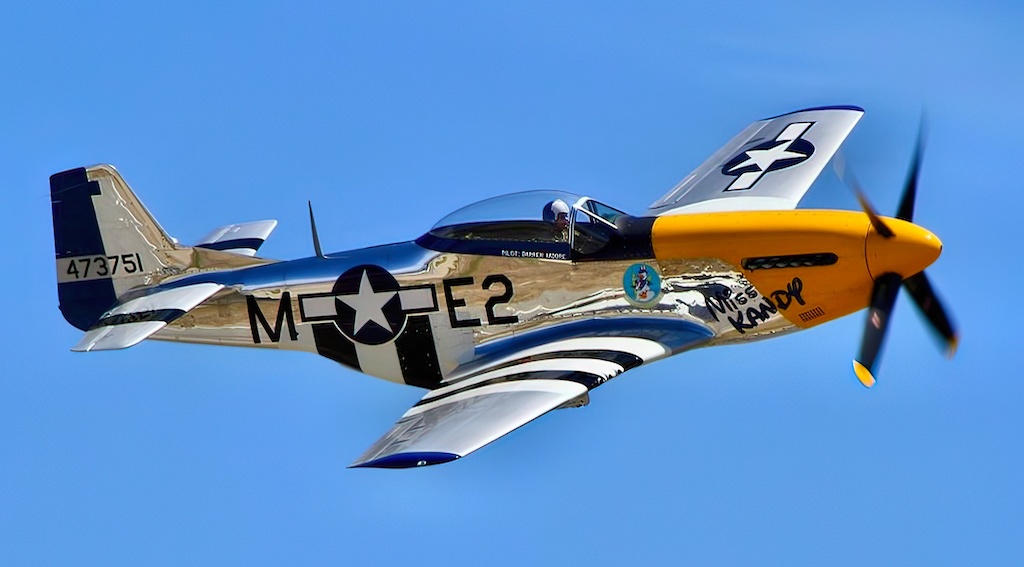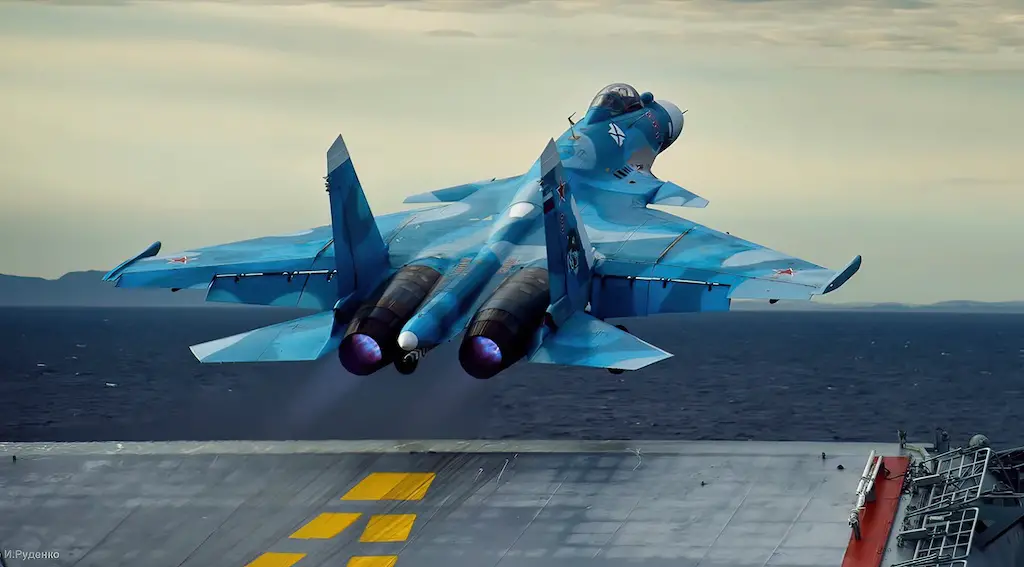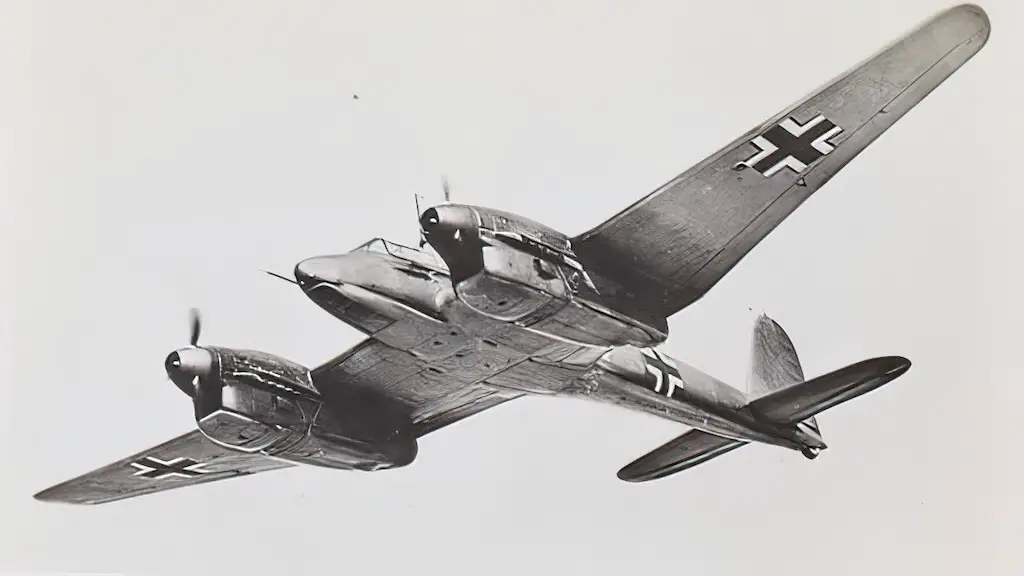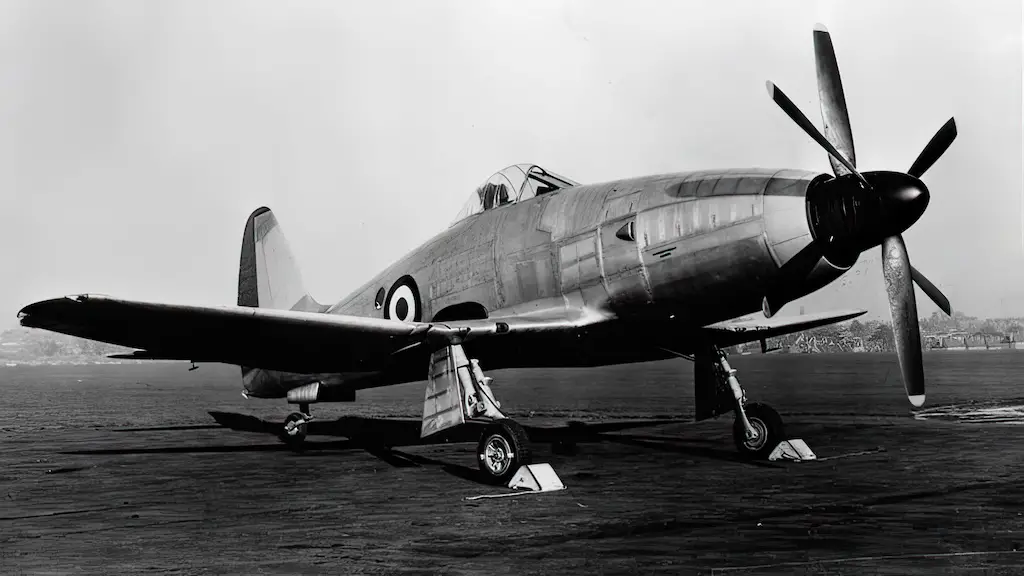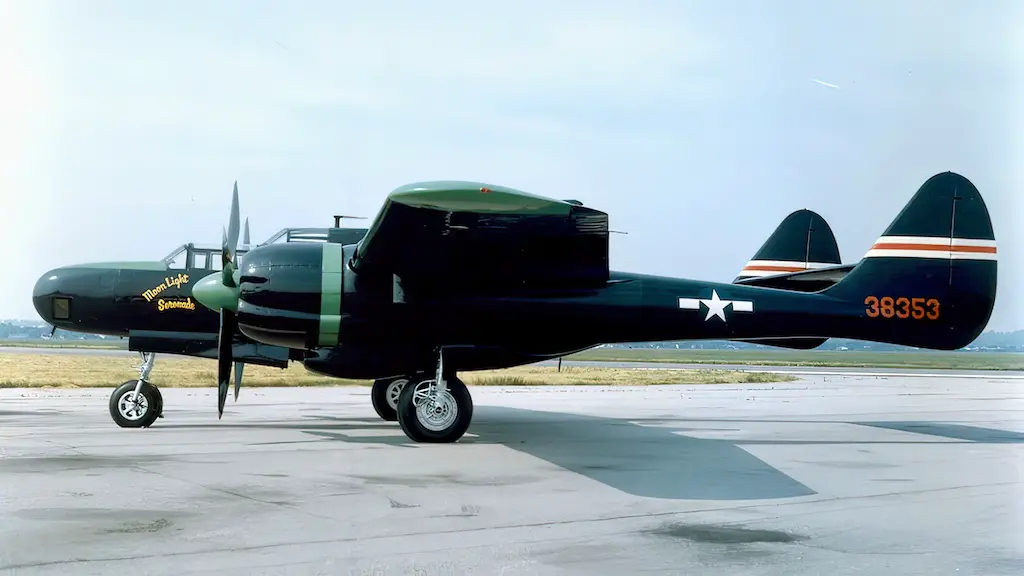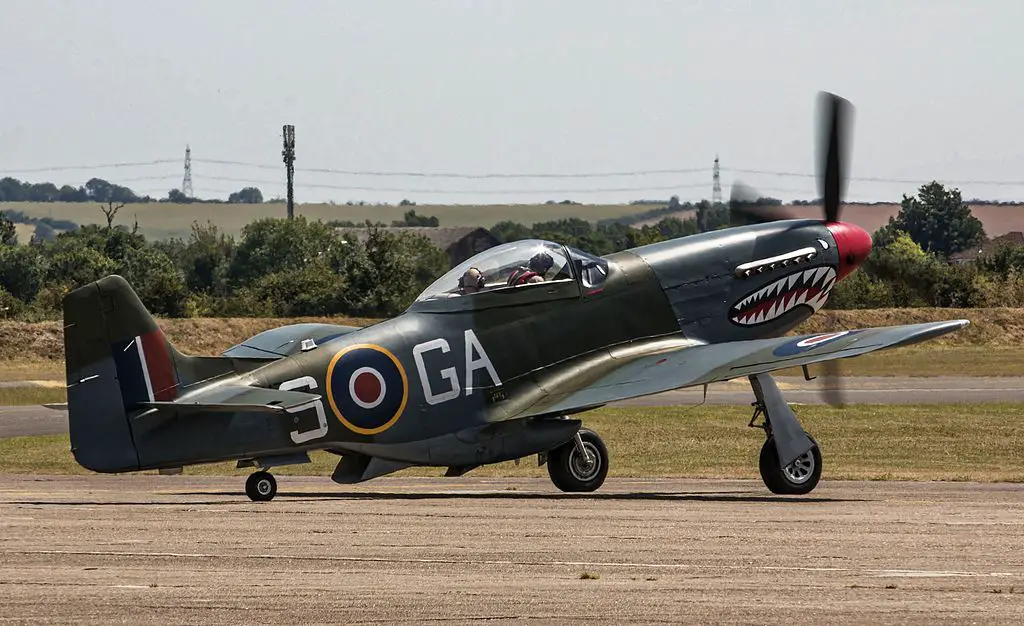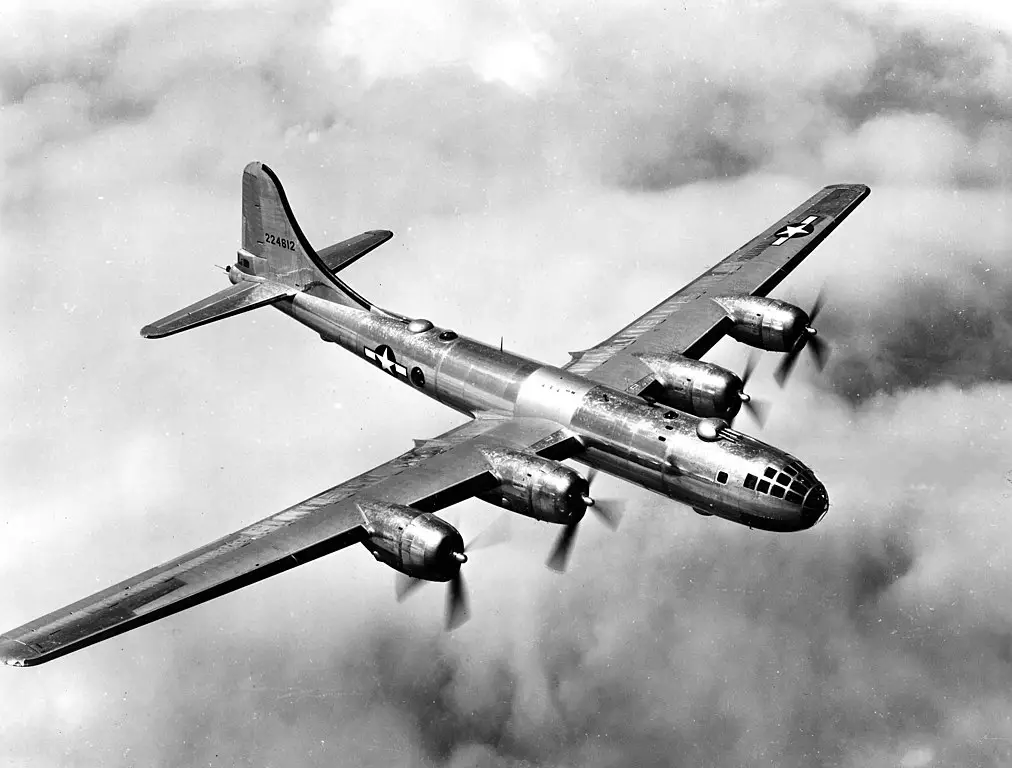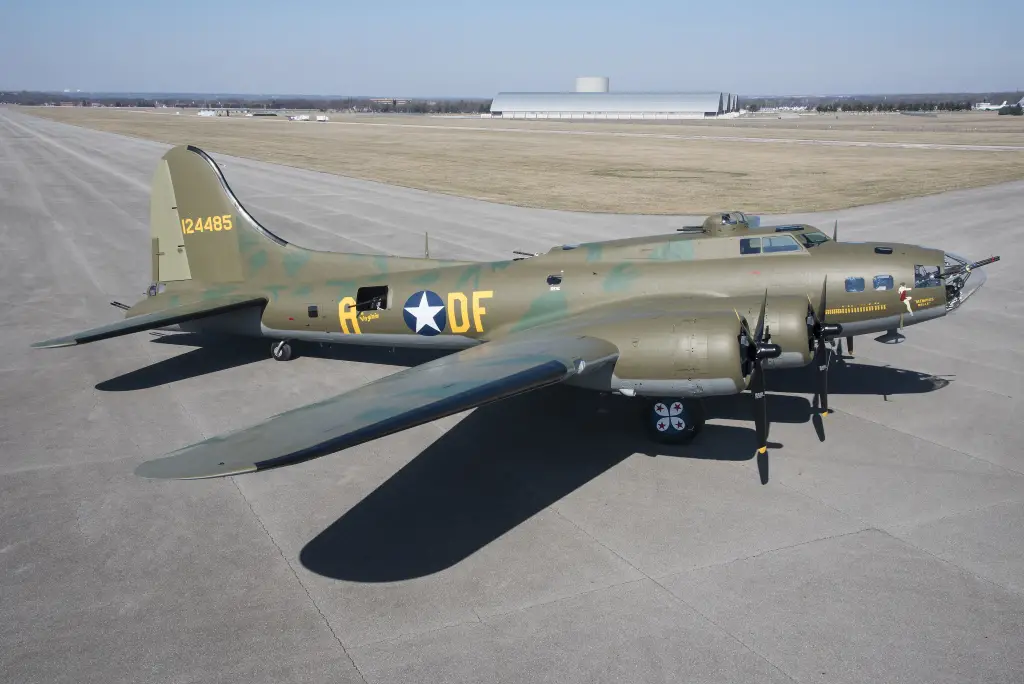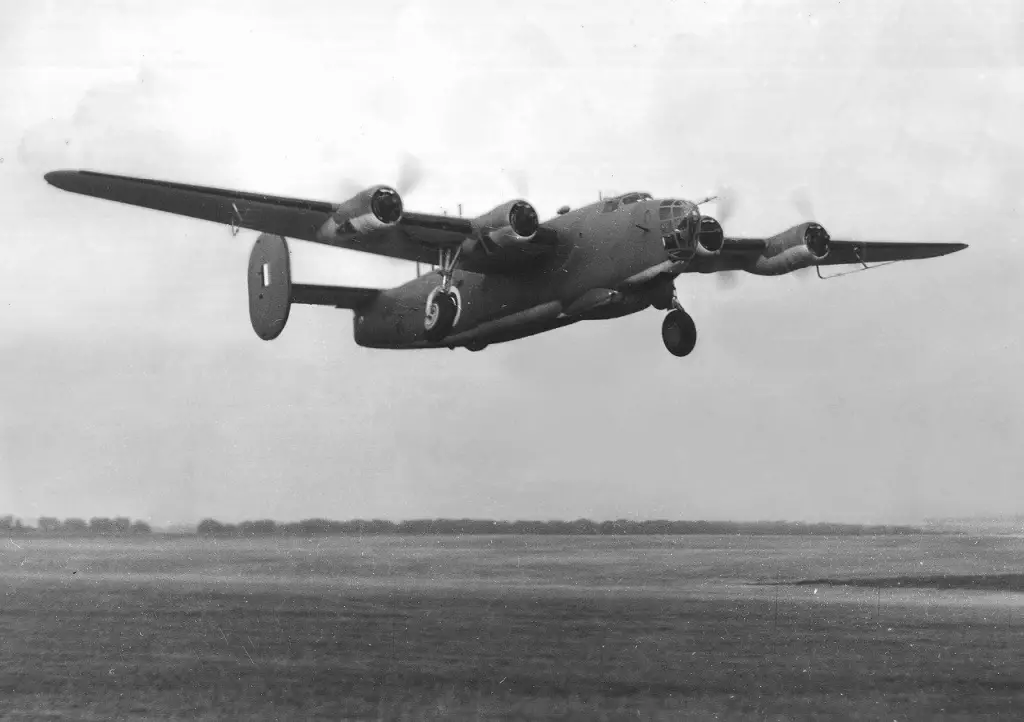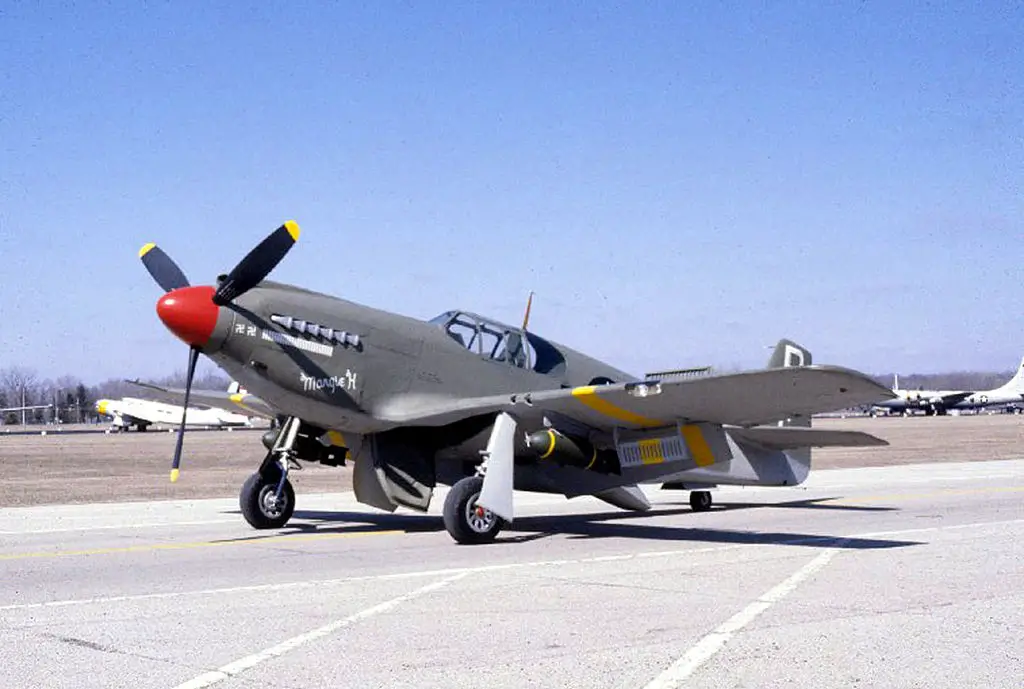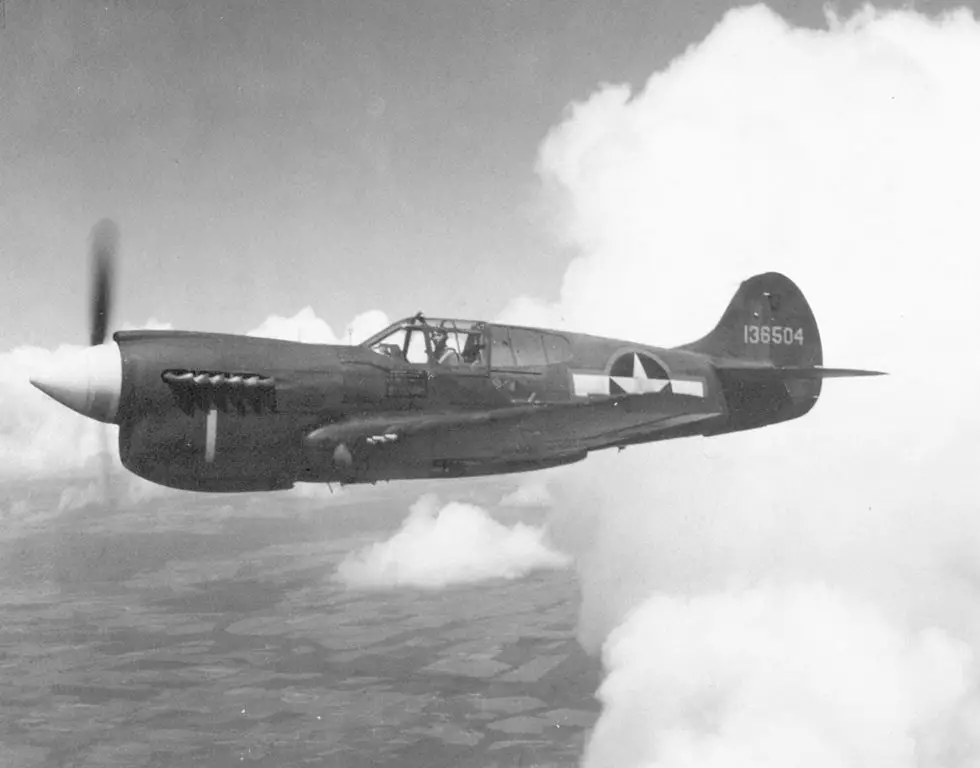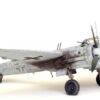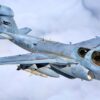North American P-51 Mustang came to life thanks to a British initiative. As big war in Europe was getting increasingly imminent, the Royal Air Force tried to procure as many fighters as possible, including overseas. For that purpose, in spring of 1940 the British asked North American Aviation if the company could build Curtiss P-40 aircraft for the RAF. North American, in response, offered to build them a brand-new fighter using the same Allison V-1710-39 engine as installed on the P-40. The British agreed.
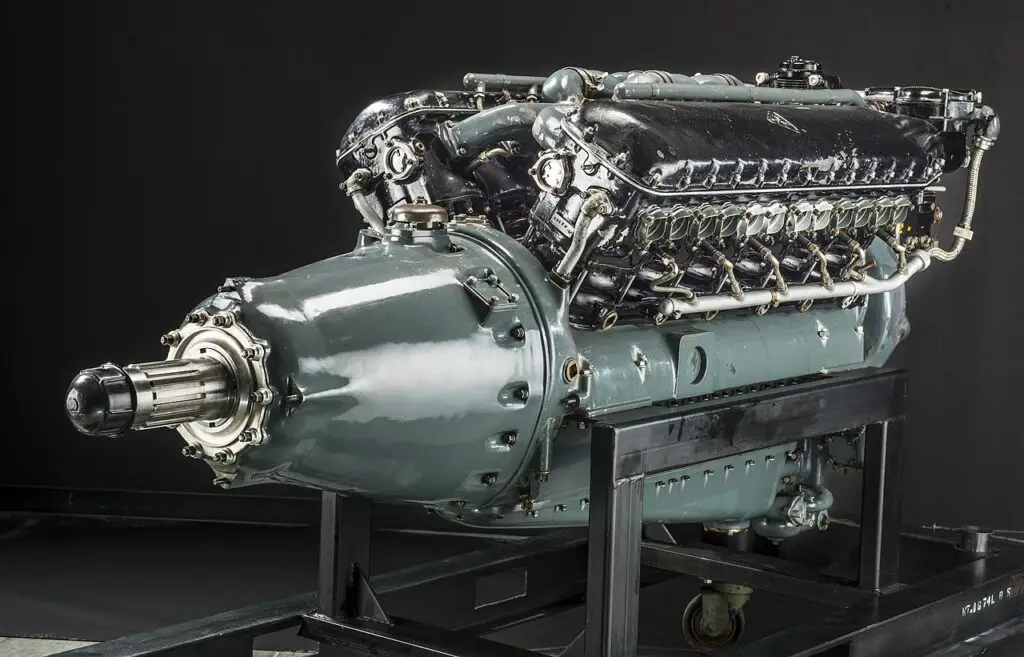
In the fall of 1940 the first prototype, named XP-51, performed its maiden flight. It was a huge success from the start. The new aircraft outperformed the Supermarine Spitfire, which by that time had already gained fame in the Battle of Britain, by 25 mph.
That was achieved thanks to the innovative laminar flow wing design and placing the ventral radiator under the fuselage, which both reduced the drag. The British liked the prototype and placed a production order for several hundred aircraft. As for the USAAF, it first ordered the plane only in 1942, with half of the ordered aircraft being the ground attack version, also known as A-36 Apache/Invader.
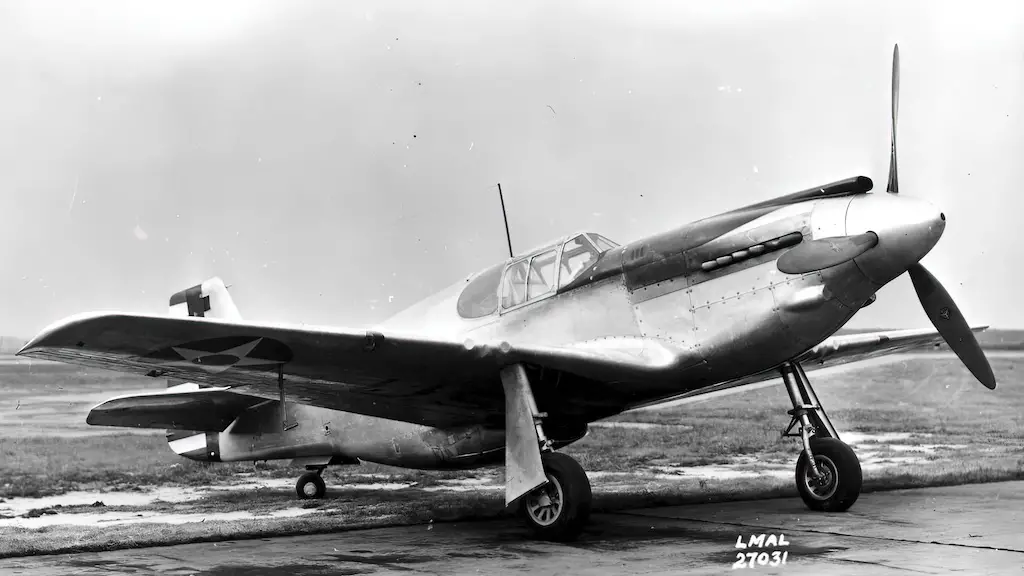
After the introduction of P-51 Mustang into service both British and American engineers sought to further increase its capabilities, especially in terms of boosting the plane’s performance at high altitudes. Installation of the Rolls-Royce Merlin engine (also known as Packard V-1650-7 in the U.S.) instead of the Allison motor proved to be a brilliant solution.
It delivered 1,695 hp, providing P-51 with a speed of 437 mph at 25,000 ft. The aircraft powered by this engine got the P-51D designation (Mustang IV in RAF). P-51D also received a new bubble canopy instead of a faired one. This model became the definitive Mustang, produced in huge quantities and known as one of the best (some would argue The best) fighter aircraft of the Second World War.
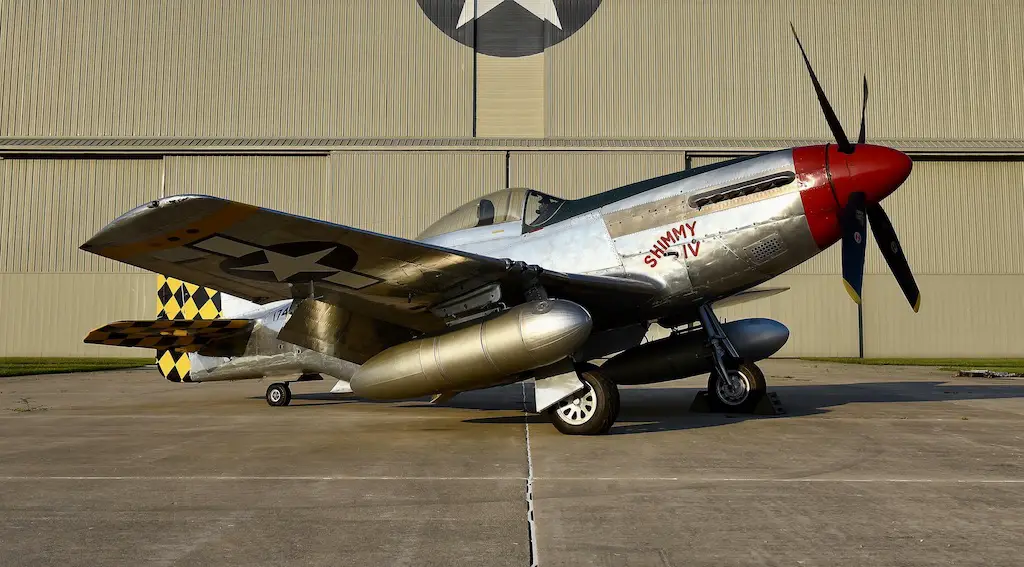
While before the installation of Merlin engine Mustang’s primary applications were low-level reconnaissance and ground attack missions, Mustang P-51D soon became very successful in the role of escort fighter for the Allied bombers raiding German cities. Before its broad introduction bombers would often fly missions over Germany without any protection, suffering huge losses, as most available Allied fighters just couldn’t fly that far. Mustang, on the other hand, could fly almost 1,400 miles using external tanks.
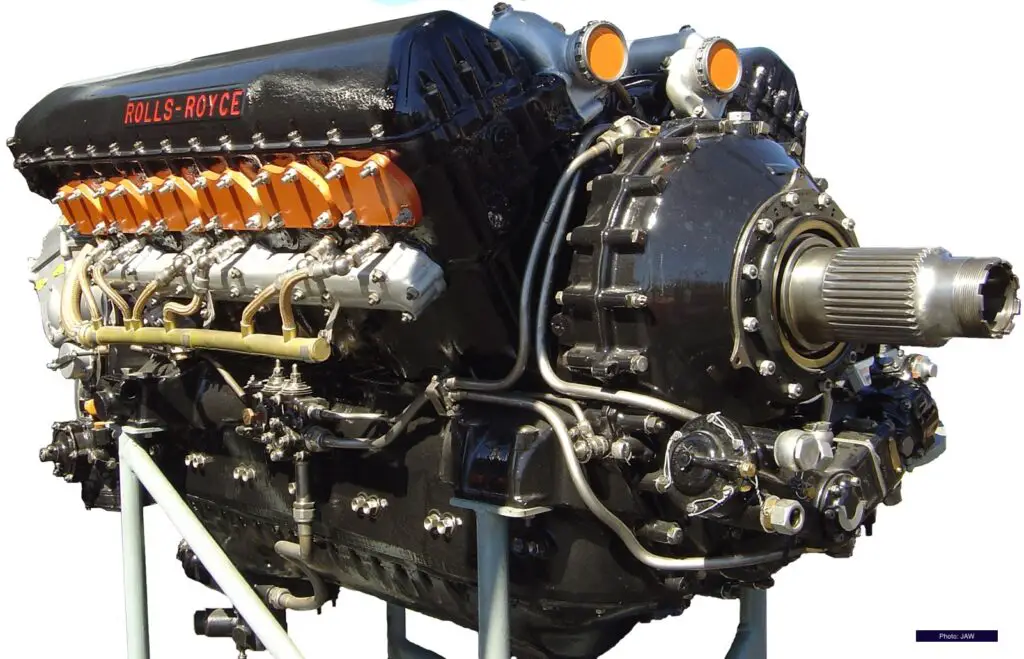
That was more than enough for a flight to the targets deep in Germany and back to bases in England and Italy. Although the arrival of Mustangs did not save Flying Fortresses, Liberators and Superfortresses from flak fire, it certainly made a difference in protecting bomber formations from German fighters.
Later Mustangs also escorted B-29 Superfortresses on their missions over Japan. Despite P-51’s being a latecomer to the war, Mustang pilots shot down about 5,000 enemy aircraft, making an enormous contribution to the Allied cause.

